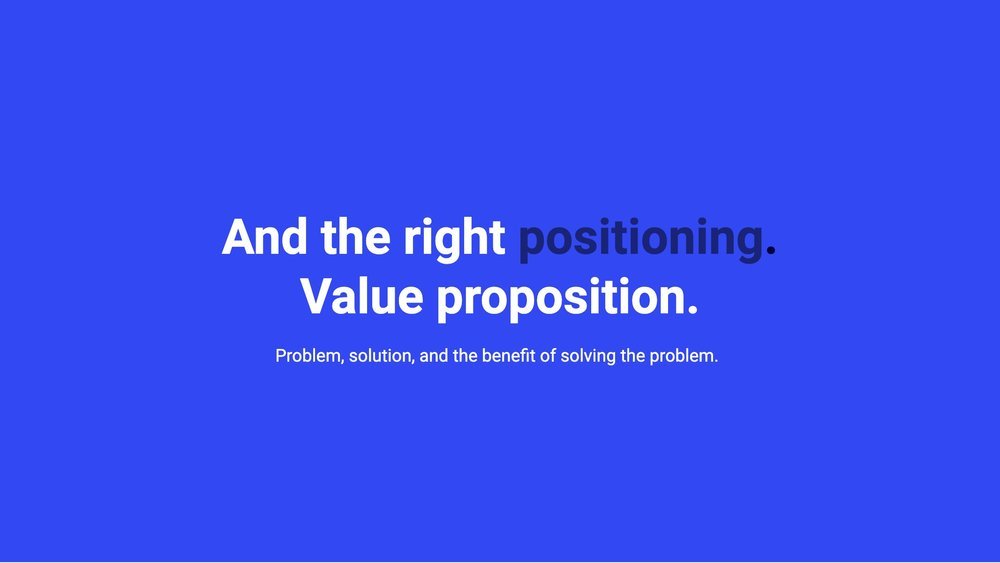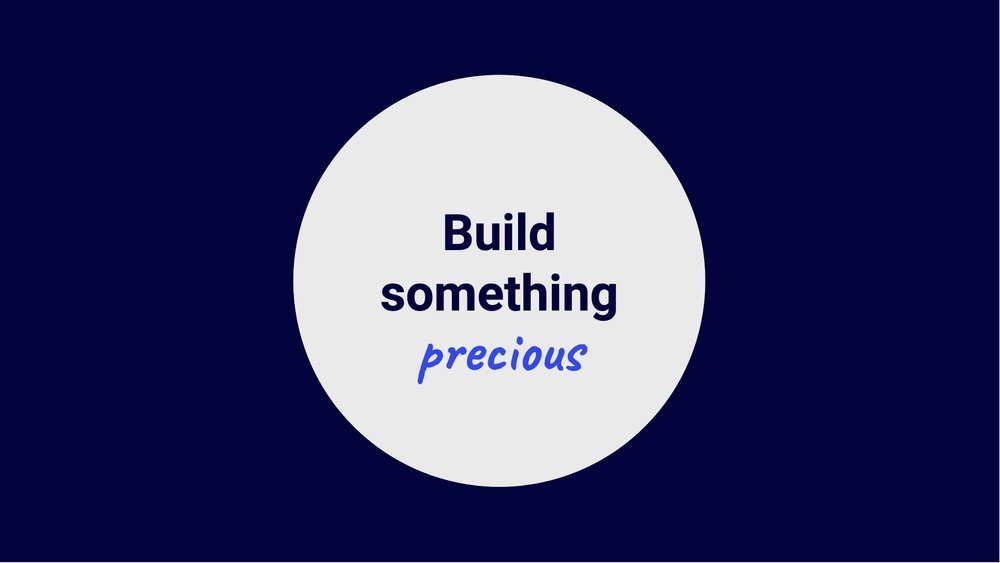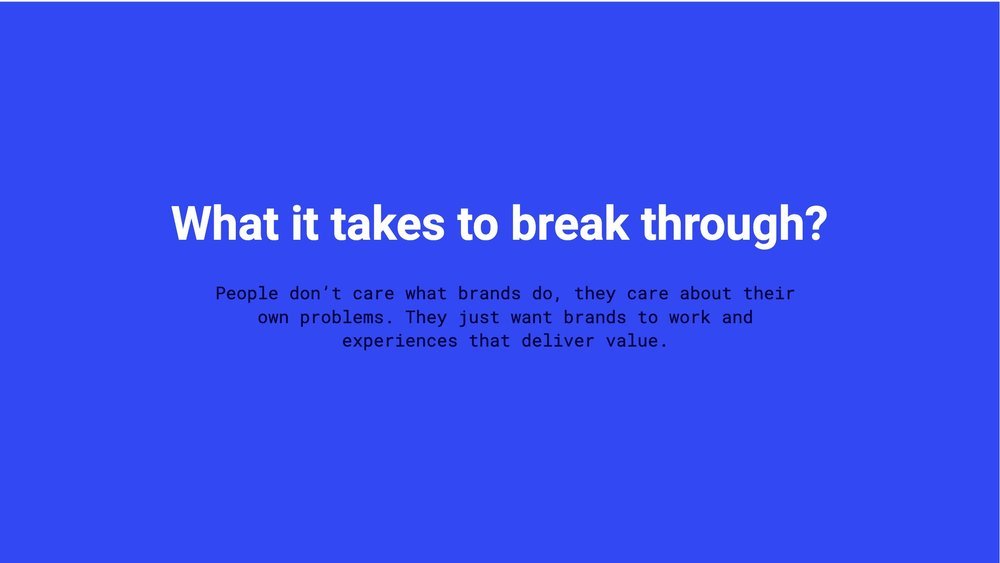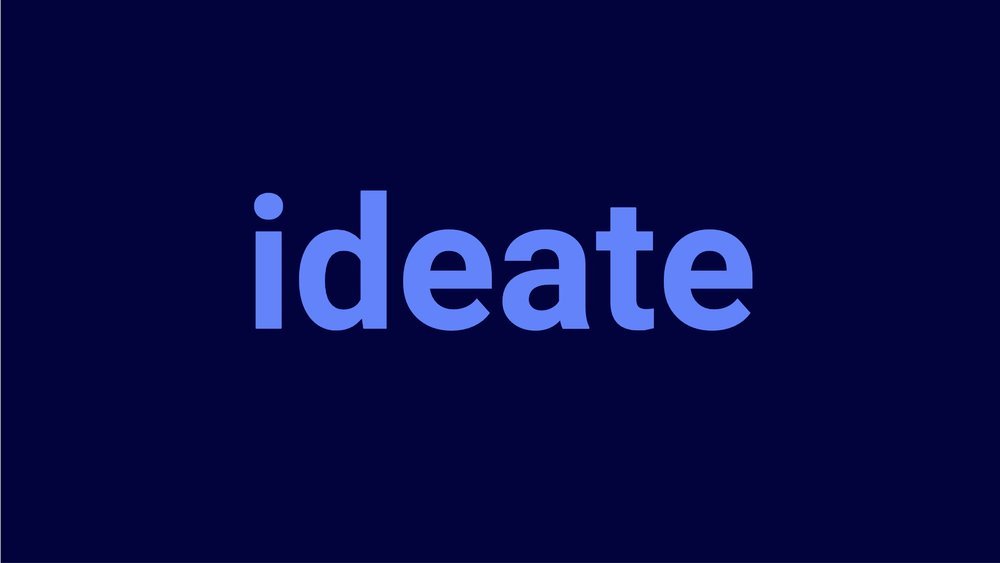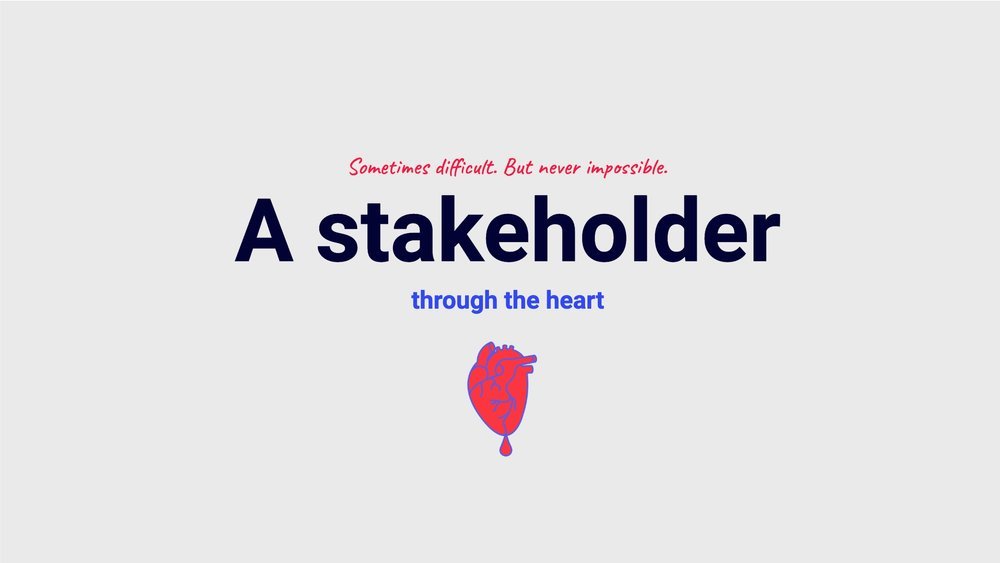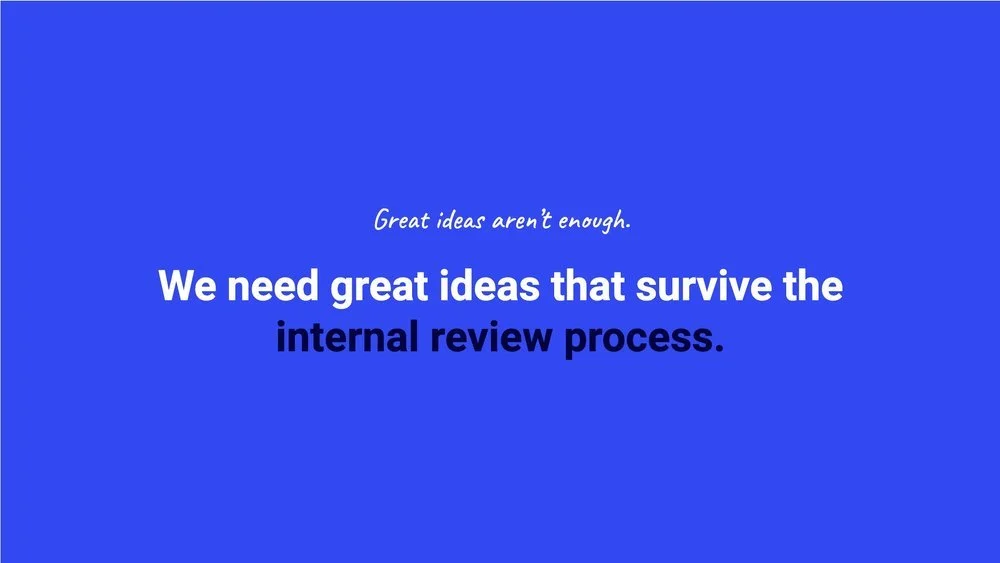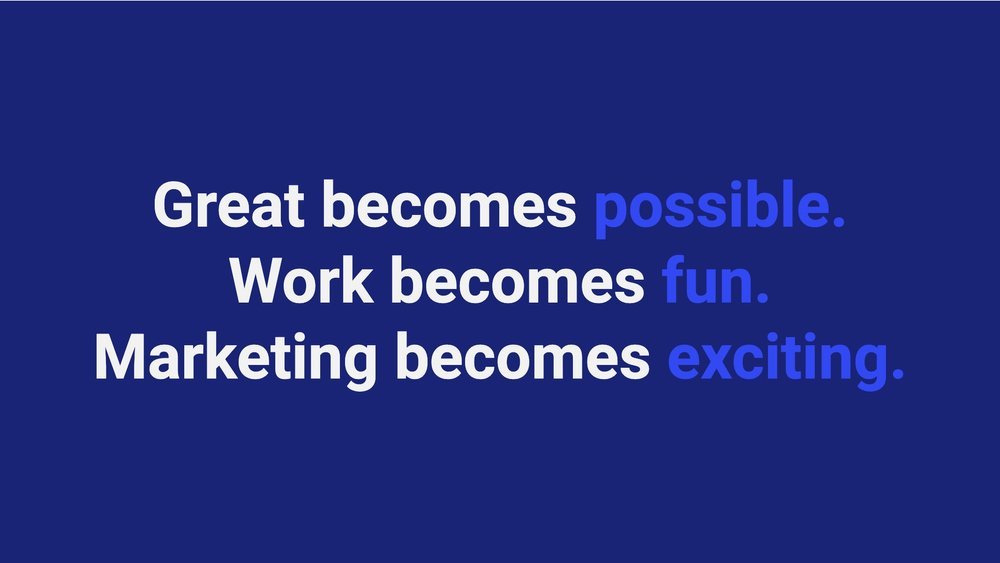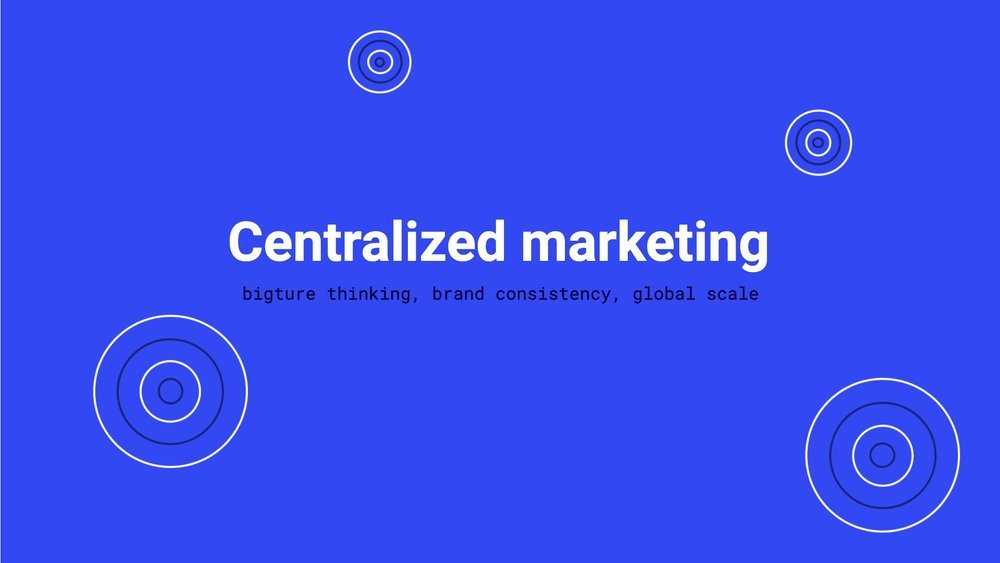BUILDING BRANDS / AGILE TEAMS / PROCESSESBeing the bridge between marketing and creative
Things beyond making a living and giving my child (Leo 7), a comfy, fun, happy, interesting childhood, I am looking for the things that give me fulfillment and a sense that this work is worthwhile. Business is a worthy thing for someone to create. And that it takes guts, intelligence, and determination to do it. And so helping a good business to succeed is a fulfilling thing. This means it is hugely important to choose to work with companies I admire. Companies I really want to succeed.
I love working alongside talented, engaged, positive people who also love what they do. People who come to work and give their whole selves to what they do make me feel good about giving my whole self. I choose to work people who are positive, talented, smart, fun, mature enough to go ahead and dive in instead of holding back. The best companies are ones that are similar to people who know who they are. And really have a strong value system and purpose to them that goes beyond making a living. Ensuring that purpose goes everything they are doing in the organization from writing an email, the way they treat each other internally so they treat customers the same way as well.
With creative excellence, we sell things, explain things, make things look great, make people feel certain emotions, set the moods in the room, and change the world, hopefully big. While aesthetics is the key, design without purpose is merely art. Design driven by purpose shows intent. And communicates the underlying truths of the brand by reflecting and expressing that purpose both visually and emotionally.
To avoid subjectivity about whether something achieves design excellence or not, strong visual and brand guidelines should be established and adhered to. Work should be evaluated against the established brand guidelines. Creative success can be quantified by measuring the KPIs and ROI of the campaign. A test and learn strategy, especially in digital, can be applied with multi-variant testing of various layouts or elements such as imagery, color, typography, etc.
BRAND BUILDING AS A TEAM
How do we establish creative excellence as a team? By sharing our passion and drive for truth and meaning. Making sure we understand our brand, and what it needs to communicate. Then identifying the key attributes we want our brand to communicate. Then allowing those key attributes to be visually manifested through design elements and creative principles. Basically, let the brand tell you where to go, and how to get there.
Every brand must have a purpose—a reason for existing. That brand purpose with the overall brand strategy of the business will help to create designing brand experiences, based on those compelling truths. Experiences that influence culture to drive behavior.
Personality allows us to make those kinds of creative decisions and also guides how we behave. What are our brand values and also the brand archetypes? What are the things that are valuable to us? What are the things that are not? What are the things we like, what are the things we don't like to attract? What are the characteristics? Just like a human being, a personality likes to attract a certain type of people and things. You tend to behave in certain ways.
Who is the audience we serve? What matters to them. Why are we going after them? What are the products and capabilities they are interested in? It is not that simple. We need to understand the personas, find the user insights. It is all about knowing them at an emotional level and differentiating ourselves from the crowd.
And competitors. From a global perspective here is what we are keeping an eye on. This is where they are currently. Here is where they are going. This is who they target. This is where they are winning, beating us, unfortunately. This is where we are beating them. This is who they are talking about, this is who they are talking to.
Before we even design with the growth strategy, it is great to understand what our competitors are already doing. Those insights could inspire new ideas for our own growth plan. How do competitors attract traffic? Where do their users come from? There are many ways to analyze this with advanced tools today. Not only our own, but we can also gather all the information through these tools such as traffic volume, referral sources such as keyword analysis, demographics. We can reveal their email strategy. Keywords that drive traffic.
Messaging hierarchy. What is the one thing if you meet someone, they say where do you work? What is next? What are the benefits on a deeper level? What message goes with it? And then critically what are all the capabilities of products and functions underneath them. If we are to say we can help you to do X better. Okay. How do you do that? Thankfully, there are a lot of things we can do. There is a ton of stuff. But it needs to be organized in any creative.
Positioning is going to be tied to commercial opportunities. That will dictate who we go after and who is the most important. Understanding the value proposition that makes people take the action we want them to do.
It is important to build something precious when you’re in the business of generating great content, the kind that really helps people do their jobs, the kind that entertains as well as informs. We need to be intelligent, useful, and entertaining to engage. Staying in their Sweet Spot, where the things we understand better than anyone else intersect with the things our prospects really care about.
CREATIVE PROCESS | DESIGN THINKING & INNOVATION
We all know this from a fair amount of experience. It slightly changes from company to company but the idea is the same. It’s not a new idea at all. But it’s still surprisingly poorly practiced. When the budget is low, poor timelines and people resourcing, Or you see new and original ideas are dying in the internal review processes. Here is my version of the creative process.
No one at the table wants to have less traffic. Fewer page views. Fewer opens, click-throughs, downloads, form fills. Fewer leads. Less revenue. Right! Well. There are many tools to help us to create more me-too blogs, more breakthroughs. We need to look them in the eye. Provide great content to the target. When they look at it, they will know it is all for them. So we need to start with actual empathy, then communicate that empathy early and often.
The real magic happens when marketing data and creativity meet. But first, we need to understand what those insights are to make creative decisions to set the tone, voice, hierarchy, and craft.
Understanding the user behavior. What do visitors do while they are there? Where they are clicking. What page they are visiting. When do they convert, when do they leave? Marketing tools help us to track all of that. It helps us to analyze our audience so we can know more about them. And we can follow every step in the user journey. It will uncover key insights for our growth. This will help us when we create the user flows in the brainstorming phase.
Technology has changed everything. What happens when that conversion happens when the math men and madmen meet?
I care about the intersection between emerging technology, human psychology, and the way we tell and consume stories. And that’s really what I care about. The great promise of machine learning is the same across all industries. You automate processes that are repetitive and boring. You get the personalization so it feels like it is just for you. And how do you navigate human creativity?
Now new advertising is now this idea: personalization meets attribution. What I mean by that is that everybody in the ad space is trying to find space for automation. Unique for each individual that Learns based on your likes and desires or tries to and ultimately it delights you if you are lucky. And nobody in the ad space is going to do this if you can’t measure it. If you can't scale it and if it is not scalable or effective.
It is about what your database of intentions are. Who you are for your gender location? And based on your passions of what you are searching for, what you are watching? What are you interested in? What passions do you have in the world? That’s really the tip of the iceberg. What people really want from the brands is to work and experience that deliver value that just works.
There are things that humans are good at. There are things that machines are good at. Humans are great at leadership and empathy and creativity and judgment (well mostly). Machines are good at speed, repetition, prediction, and scalability. All those fast things but all the stuff in the middle. Humans can help machines where machines can help people. It requires a shift in mindset, a reimagining of what it looks like. So, the right balance is the “collaborative intelligence”
What makes prototypes so powerful is that they provide a “near life” experience for the collaborators. Everyone on the team can immediately sense whether the concept will work in the real world. Any major problems with the creative can be corrected at the prototype stage, long before much money is spent. If the concept is not going where we want it to be? Hey—it’s just a concept—start over with a new one.
We like to think great ideas sell themselves, but the truth is, great ideas without great packaging are really not a thing. The same goes for the marketing ideas we present to our stakeholders. And it’s our job—together to help our stakeholders want the right things. This job—the job of getting in sync with our stakeholders—may be the most important thing we do.
If we fail at it. We’ve consigned ourselves to rejection after rejection. Watching original ideas turn into boring ones. (Or, much worse, to see a team give up—and stop even looking for outstanding ideas.) Of course we don't want any of these to happen. But if you succeed at syncing up with your stakeholders, the sky isn’t even the limit. Turn stakeholders into supporters to create the conditions for insanely great work.
An integrated marketing team sees branding as a continuous network activity that needs to be controlled from within the company. The advantages of this model are the ability to centralize the data, knowledge, and unify a message across media. More efficiency. Successful brands.


















